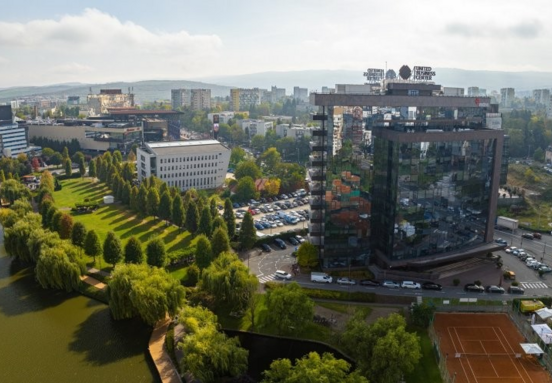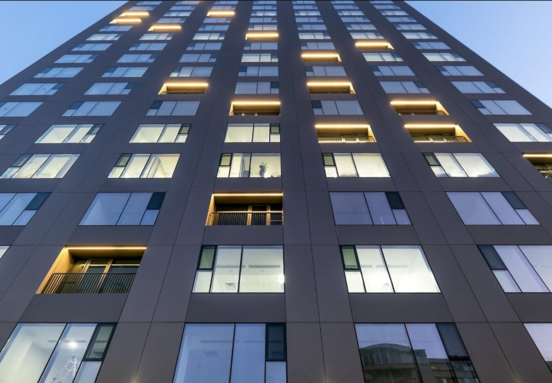According to analysts, thanks to fiscal relaxation, Romanian economy recorded a 3.9% advance in the first quarter, more than the 3.8% advance recorded in the same period of 2015. Besides fiscal relaxation, economic activity was also helped by consumption increase following salary rises in the public sector as well as VAT reductions.
“The increase of Romanian increase was supported by an unprecedented fiscal relaxation, estimated at 2.2% of GDP in structural terms. Romania will consume the whole fiscal reserve accumulated in the last years to support an economic growth of over 4% in this election year,” said Juraj Kotian, economist at Erste Bank Vienna.
Estonia will be the first to release on Thursday preliminary data about the evolution of GDP in the first quarter, followed on Friday by Hungary, Slovakia, Poland and Bulgaria. The Czech Republic will release a flash estimate of May 17.
Although the growth rate slowed down, former communist economies will record an increase higher than the 1.6 % advance foreseen for the euro zone. However, EU member states from the east of the continent must grow more rapidly if they want to bring living standards at the level of their western neighbours.
“For 2016, the increase in Central and Eastern Europe will remain solid. We will probably see a slower increase in Hungary and Czech Republic compared to 2015 when incomes from community funds slow down. In exchange, the increase in Romania and Poland should be the same as in 2015, possibly a little higher, as a result of fiscal relaxation policy,” said William Jackson, economist at Capital Economics.
Spring economic provisions published early this month, the European Commission estimates that Romanian economy will have a 4.2% increase in 2016, backed by a robust domestic demand, while in 2017 the increase rate will slow down to 3.7%. (source: actmedia.eu)







